What is the future of media?
Monday, 21.09.2015.
09:36

What is the future of media?
Bad news! The industries that used to provide all this content through those moldering old analog distribution channels -- like paper and airwaves – are in a state of mid-collapse. The newspaper industry is in a death spiral. The record industry is in a death spiral. The paper-book publishing industry is in a death spiral. The magazine industry is in a death spiral. Even the TV industry is in a death spiral.Worldwide.
“How,” you ask, “can that be? We are the in Golden Age of content. More choices, more quality, more ingenuity, more of everything than ever before in human history. And almost all of it is free!”
Correct. And right there is the problem: free. What underwrote the previous age of media was enormous profitability, mainly on the strength of advertising. Yes, Bonanza was free to watch and a copy of the Chicago Tribune or People magazine cost you a few coins. But advertisers paid the difference, and much more. Media owners were wealthy because there was a huge demand for their product. But that product wasn’t news or entertainment; the product was you, the audience. Your eyeballs were very valuable. And the handful of media tycoons didn’t worry much about new competitors, because who had enough capital to buy presses, and fleets of trucks, and broadcast towers, not to mention the hundreds of employees necessary to keep each operation alive?
Then came the revolution. Suddenly, anybody could be a publisher, at essentially zero cost. Everyone could be a record producer. Everyone could be a filmmaker. Everyone could be a broadcaster. This created an endless reservoir of content and created two ruinous consequences. 1) Mass audiences were fragmented into tiny slivers divided among literally millions of online URLs. 2) The content glut created an identical gut of advertising inventory, and -- according to that annoying Law of Supply and Demand – publishers were able to fetch far less for ad space and time. So please do some arithmetic:
Smaller ad rates X smaller audiences = much lower revenue for any given piece of content.
And if that were not catastrophic enough, the same digital tools that allow anybody to host content also allow users to avoid advertising. While those in the advertising industry have allowed themselves to believe their output is a cherished part of the culture, if we’ve learned anything from the past 20 years is that the public avoids advertising at every opportunity. Adblockers, DVR fast-forwarding, spam filters, etc. Most ads are never seen by human eyes.
Altogether I call these effects “The Chaos Scenario,” which I began warning about more than 10 years ago in Advertising Age, and which became the subject of a 2007 book of that name. Unfortunately, my dire, apocalyptic warnings have all come true. The marvelous content I referred to earlier does not come courtesy of healthy businesses; it comes courtesy of amateurs, venture-capital-funded speculators and legacy organizations dipping into their dwindling savings until some magic revenue solution comes along.
This fall, at the Wharton School of the University of Pennsylvania, I am organizing a summit of publishers and CEOs from some of America’s most iconic media institutions – the Washington Post, The New York Times, NPR, Facebook, Apple and many others – as well as bosses from elsewhere in the media ecosystem to compare notes on revenue streams that might complement advertising toward a sustainable, ethical media sector.
Serbia, with a – shall we say – “managed” media economy and lower penetration of broadband than much of the world, has been until now somewhat insulated from some of these overwhelming market forces. Not for much longer, however. The moment has ended for irrelevant debates on what kind of media and culture the public should have. You are no longer a walled garden. The people will have whatever they want from a menu spanning the entire globe.
The issue – whether at NBC or Vogue or RTS – is not to impose an aesthetic on the passive audience, but rather how to both provide relevant content paid ungrudgingly for by some combination of advertisers, donors, subscribers, taxpayers and commercial partners, thereby keep the lights on at all. This is an existential crisis that cannot be legislated away, that cannot be negotiated with actors or editors or other content makers, and cannot be somehow imagined to solve itself. We are in the midst of a total reordering of the media economy.
Nothing from the old analog days is sacred. Except for money…and truth.
Bob Garfield is the co-host of On the Media, an NPR weekly program with an audience exceeding 1.3 million. He is an editor at large for Mediapost, a visiting professor at the University of Pennsylvania and a senior fellow at Wharton Future of Advertising Program, SEI Center for Advanced Studies in Management, University of Pennsylvania



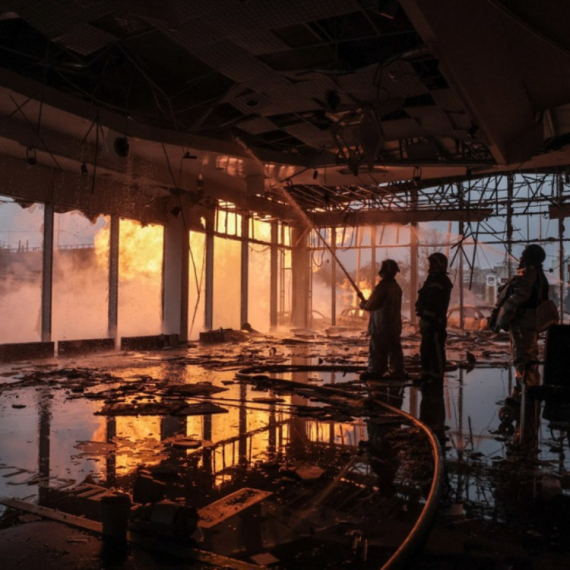










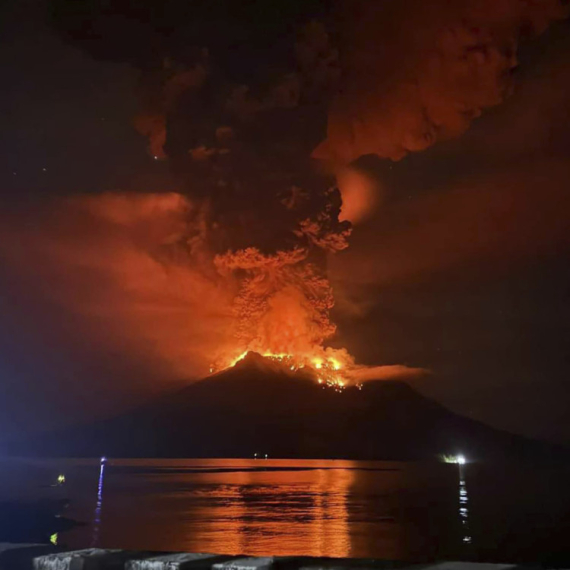











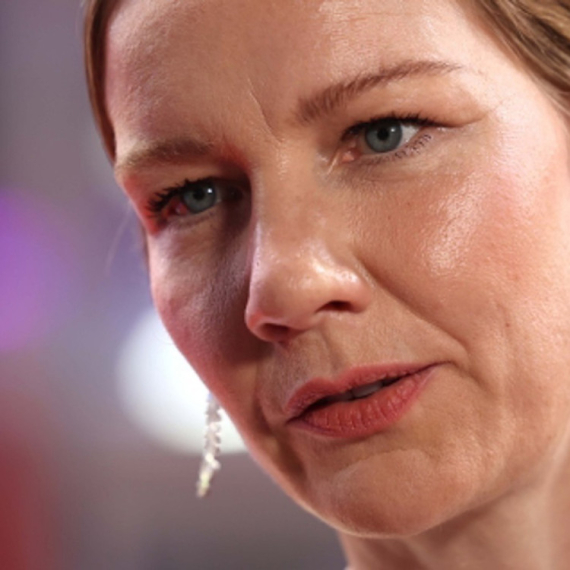
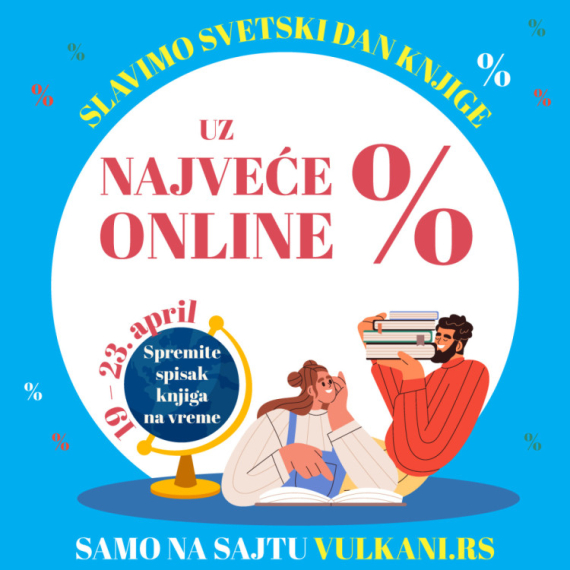






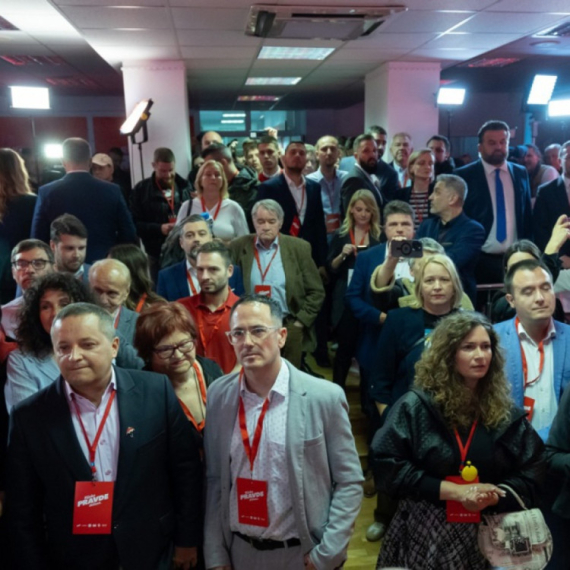



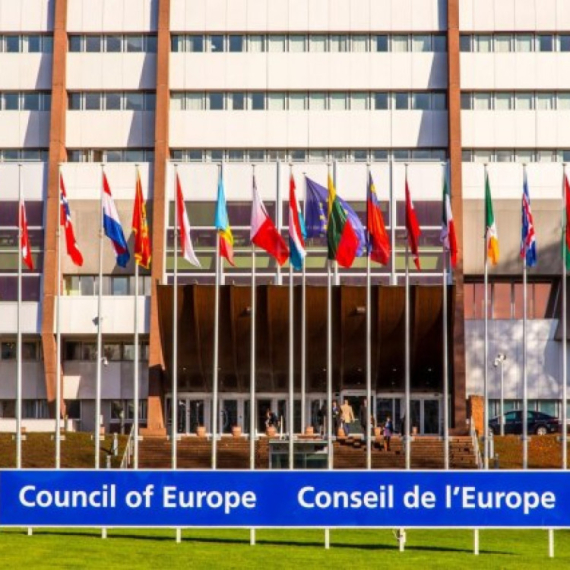
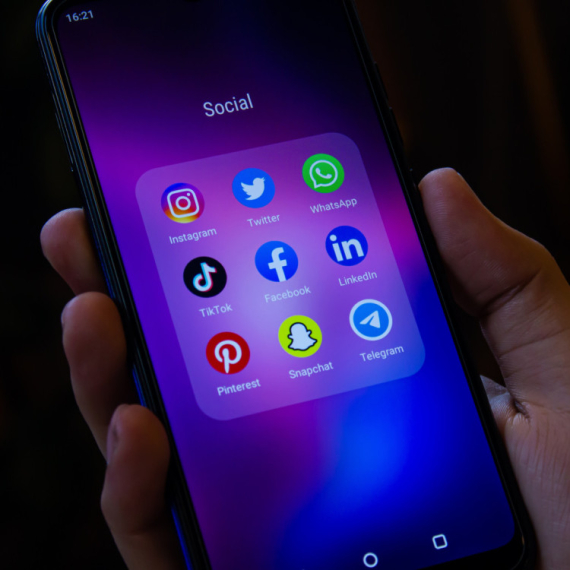












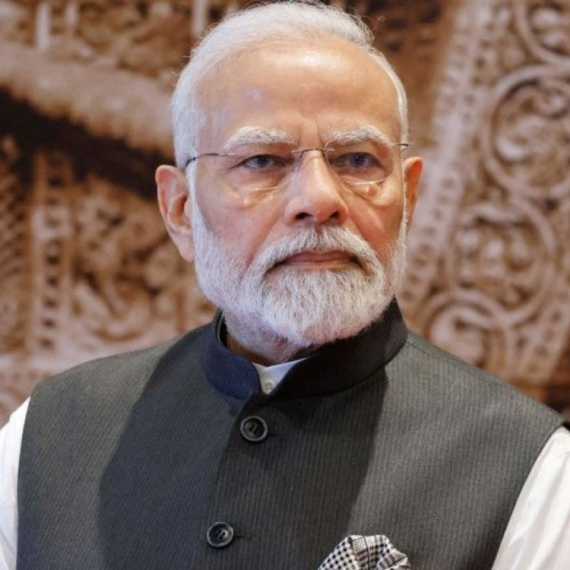


Komentari 0